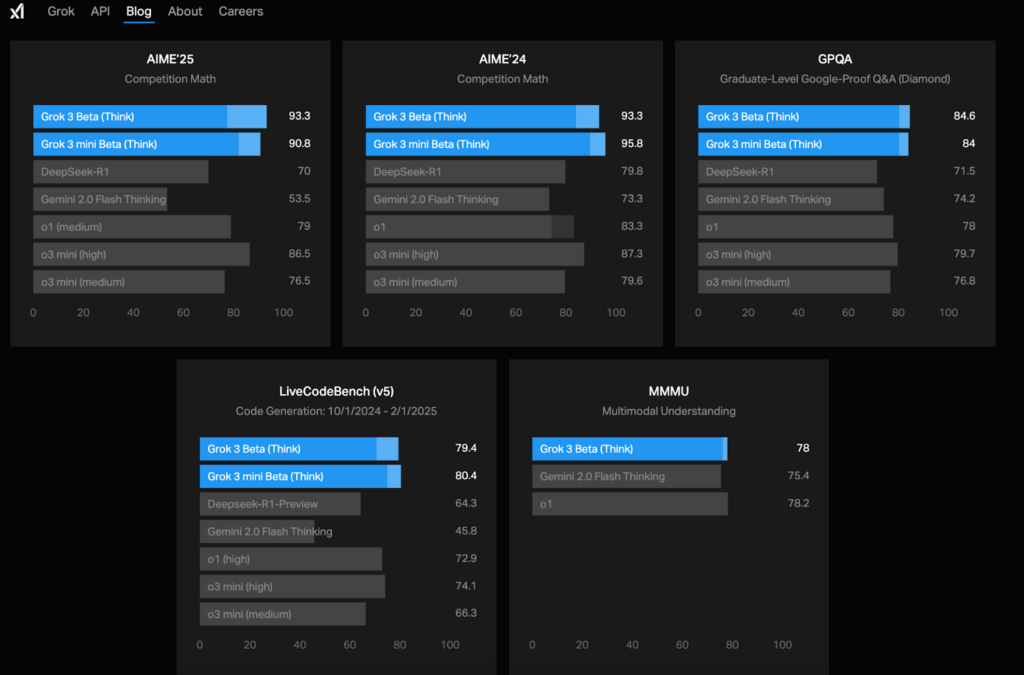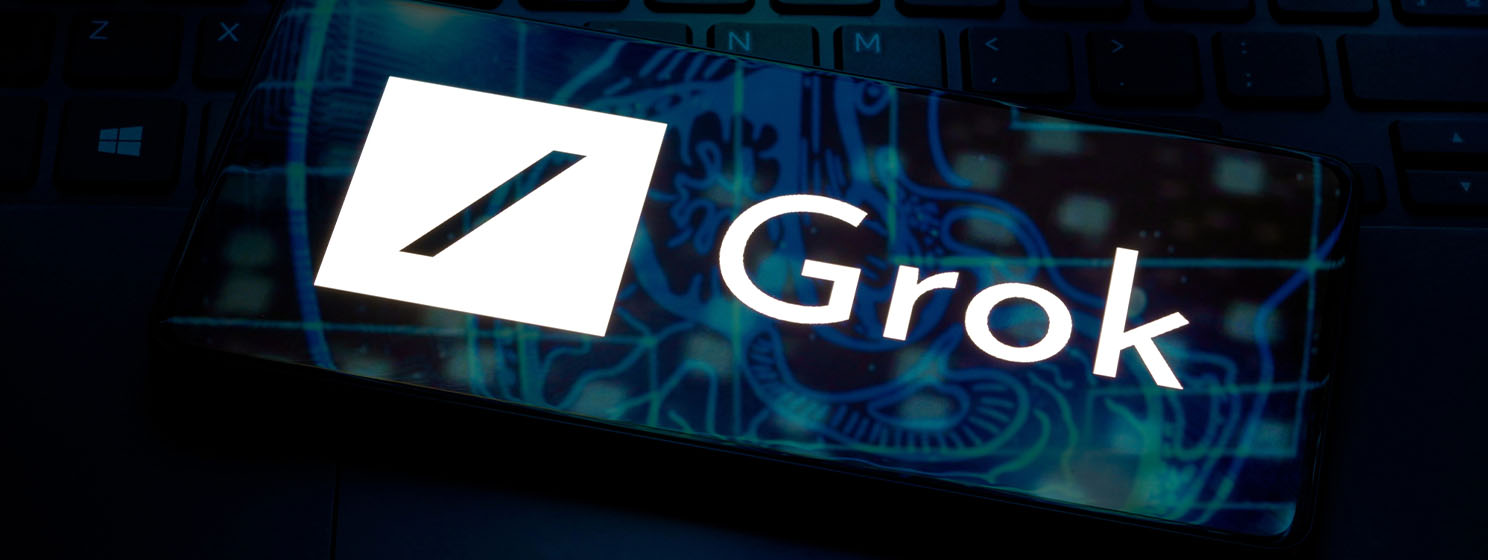|
Getting your Trinity Audio player ready...
|
HP acquires Humane; marks end of Humane AI Pin
This week, Humane announced its acquisition by HP (NASDAQ: HPQ) for $116 million, effectively marking the end of its Humane AI Pin. As part of this deal, all sales and functionality of the device will stop, with the final day of service set for February 28. After that, the device will no longer connect to Humane’s servers, and all consumer data will be permanently deleted.
HP clarified that its focus wasn’t on the hardware but on Humane’s AI-powered platform, Cosmo, and the engineering team behind it. The acquisition will bring Humane’s talent into HP IQ, a newly formed AI innovation lab aimed at developing AI-driven solutions for the company, including “[creating] an intelligent ecosystem across all HP devices from AI PCs to smart printers and connected conference rooms.”
This acquisition is probably a bittersweet ending for Humane’s co-founders. Although the acquisition marks a fresh start, it’s clear that the Humane team was hoping it wouldn’t end like this, especially as they were rumored to be looking for an exit in the $750 million to $1 billion range as of May 2024. However, it quickly became clear that the liquidity event they wished for was not probable. From its launch, the Humane AI Pin struggled to gain traction, receiving negative reviews, poor sales, and a $200 price drop in an attempt to spur interest. Reports even emerged that more units were being returned than purchased.
But Humane is not alone in the poor performance of its AI device. The AI hardware sector repeatedly struggles to find a use case and demonstrate unique value in a market where mainstream generative AI platforms, accessible via mobile devices, can pretty much do everything these AI devices do and more.
xAI unveils Grok 3
This week, xAI released Grok 3, its latest AI chatbot iteration. The company showcased the model via a live demo featuring CEO Elon Musk and xAI team members. The demonstration highlighted Grok 3’s ability to perform complex tasks, including generating 3D animations to visualize physics problems and developing a playable game in real time.
During the launch, the xAI team also announced xAI’s first AI agent, DeepSearch, which is designed to assist users with complex research tasks.

Upon launch, xAI claimed that Grok 3 outperforms other AI models across various industry benchmarks, though these claims have yet to be independently verified. xAI emphasized Grok 3’s training process, stating that it utilized ten times the computing power of previous state-of-the-art models, with its differentiator being its new “Think” models—designed to mimic human reasoning by taking extra time to process queries and walking users through the logical steps behind its responses.
Most AI models from major tech giants are starting to blur together at this stage in the AI race. While users have their preferences, I still believe that many people use AI in a very primitive way, typically as a glorified search engine. That said, it rarely matters which model you are using because the outputs will be similar enough to accomplish your goal, answer your question, or help you through whatever task you are trying to solve.
For that reason, I think the price will continue to be a significant differentiator for what I will call the average user—an individual who uses AI but not in ways advanced enough for the model’s specific capabilities to matter much. With Grok 3 priced at $32 per month while other leading competitors charge only $20 per month, xAI may face an uphill battle in convincing users to pay a premium for its model.
AI in gaming: Microsoft’s Muse and xAI’s new game studio
This week, two major announcements regarding AI’s role in gaming occurred. Microsoft (NASDAQ: MSFT) introduced Muse, an AI model developed in partnership with Xbox Game Studios developer Ninja Theory, and xAI revealed plans to launch its own gaming studio during its demonstration of how Grok 3 can generate playable games.
AI’s impact on gaming has flown under the radar, but with two major AI gaming developments in the same week, it’s clear that this space deserves more attention. The gaming industry has long been plagued by lengthy development cycles, high development costs, and revenue models that rely on in-game purchases to do a lot of the heavy lifting due to what is essentially a price ceiling on what a game can sell for. Smaller game studios struggle even more as players opt for well-established franchises over lesser-known titles.
However, AI can bring balance to the gaming industry’s business models. AI-powered development tools like Muse or Grok 3 could be used to significantly reduce production time and costs, making it easier for all studios to bring their games to market in a more cost-effective way.
In order for artificial intelligence (AI) to work right within the law and thrive in the face of growing challenges, it needs to integrate an enterprise blockchain system that ensures data input quality and ownership—allowing it to keep data safe while also guaranteeing the immutability of data. Check out CoinGeek’s coverage on this emerging tech to learn more why Enterprise blockchain will be the backbone of AI.
Watch: The Future Internet: Uniting Blockchain, AI & IPv6

 12-20-2025
12-20-2025 




